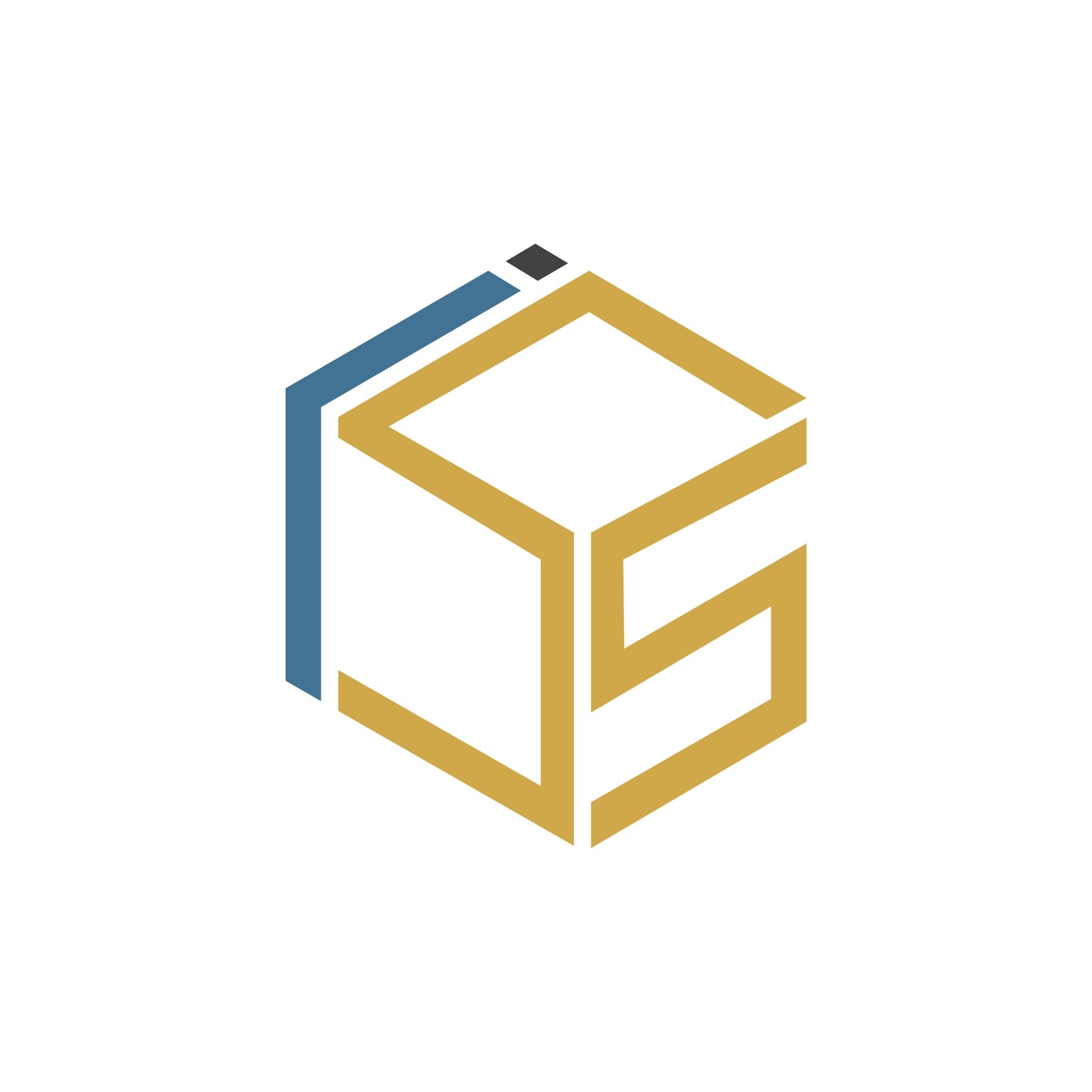
Introduction
A model of reflection is a method for guiding personal and situational examination and improvement through a systematic process. The notion of reflection stresses self-awareness of one’s knowledge, prior experiences, and views.
Individuals gain from models of reflection because they help them understand their thinking and learning methods. Furthermore, reflective thinking enables people to connect new information to existing knowledge, analyze both abstract and conceptual concepts, and apply specific techniques to new problems. Individuals must choose which framework supports their job and will best aid their learning experiences from several reflection models.
What is Driscoll’s Model of Reflection?
The Driscoll model of reflection is one of the most basic models available. Driscoll created it three times: in 1994, 2004, and 2007. Driscoll investigated the following three stem questions, which were first posed by Terry Boston in 1970:
- What?
- So what?
- Now what?
You may begin to analyze and learn from your experiences by answering these three questions. First and foremost, you must explain the circumstance or experience. It’s critical to understand the context. This offers the user a better understanding of what’s going on.
This is accomplished by pondering the question, “What?” What did you take away from the experience? The user is encouraged to consider the action made as a consequence of the reflection in the last step. Should one’s behavior be altered? Is it necessary to add something new? Or is the status quo adequate, implying that no changes are required?
Read Also – What is a Clinical Reasoning Cycle, and What are the Benefits Associated with it?
Steps Involved in The Driscoll Model
- What?
This stage will cover the major incident’s description. It would reflect on a specific aspect of that event by asking questions like:
- What motivates you to revisit this event or situation?
- What occurred, exactly?
- What exactly did you see?
- What exactly did you do?
- So, how did you react?
- What were other people’s reactions?
- What are the most important components of the situation?
- So What?
This step will investigate the occurrence. The person would realize that learning occurs as a result of the reflecting process. The following are the main issues that will arise:
- At the moment of the occurrence, how did you feel?
- What are your current feelings?
- Are there any distinctions, and if so, what are they?
- What effect did your reaction have?
- What good came out of the situation?
- What, if anything, is bothersome?
- How did your experiences compare to those of others?
- What are the most common causes of feeling different from others?
- Now What?
Following the occurrence of the incident or experience, this stage would show the recommended actions. Implementing the new knowledge gained from that experience in clinical practice creates issues such as:
- What impact do you think it’ll have on you?
- What should be done to change the situation?
- What are your plans for dealing with the situation?
- What will happen if you don’t make any changes?
- What would you do differently if you were in the same scenario again?
- What knowledge do you need if you ever find yourself in a similar situation?
- What are the best methods to learn more about the issue if it occurs again?
Why Utilize the Driscoll’s Model of Reflection?
Reflective learning is promoted by professional nursing organizations such as the Royal College of Nursing and the Nursing and Midwifery Council. There are numerous models, and Driscoll’s isn’t the most popular; anecdotal evidence from peer-review literature suggests that Gibbs’ reflective learning cycle is more widely used.
However, the Driscoll model may be considered to have numerous advantages, mostly due to its higher level of simplicity. When compared to other models with more prescriptive steps, the three-stage approach is easier to recall.
It’s not only that there are just three phases; it’s also their simplicity, which makes memorizing the different stages much easier because they follow a logical and easy-to-remember sequence. This may also be regarded as one of the model’s benefits. However, there are certain drawbacks or flaws.
Why is Driscoll’s Model of Reflection is Good?
The Driscoll model has the potential to be a great reflecting model. It is the way the tool is used, not the instrument itself, that is the key to success with many tools, as shown in fields like analysis and diagnostics, and it is also true in reflective learning. Driscoll’s primary benefit is how simple it is to use; the ideas allow the user to finish the reflection process without having to resort to the model or guide notes.
If a tool or framework is simple to use, the student nurse or practitioner is more likely to utilize it regularly, especially informally when just evaluating an incident rather than conducting a complete reflective learning analysis. The Driscoll model may aid in the formation of positive behaviors.
Driscoll’s Model of Reflection vs. Gibbs’ Reflective Cycle
Gibbs’ Reflective Cycle is one of the more complicated forms of reflection, but you could find that having many phases to guide you is soothing. Gibb’s cycle is divided into six stages:
- Description
- Feelings
- Evaluation
- Analysis
- Conclusion
- Plan of Action
Gibb’s method, like others, starts with a summary of the situation being considered. It then urges us to concentrate on our emotions during and after the event. The next stage is to assess the event and determine what was excellent and what was negative from our perspective.
This evaluation may then be used to analyze the situation and try to make sense of it. This investigation will lead to a conclusion on what alternative steps (if any) we may have taken to get a different result. The last stage is creating an action plan of measures that we may follow the next time we encounter a similar circumstance.
Conclusion
It might be challenging to know where to start the procedure if you are not used to being contemplative. Fortunately, there are a variety of models you may employ to direct your reflection. Many similar motifs may be seen in these models, as well as any others you come across.
Each model takes a different method, but they all go through the same stages. The primary distinction is the number of stages contained and the level of detail selected by their authors. Depending on their interests, various people will be drawn to different models.
See Also – Planning The Routine And Online Planner Applications

Your go-to source for the latest in tech, finance, health, and entertainment, with a knack for distilling complex topics into accessible insights, We deliver timely updates on the ever-evolving landscapes of technology, finance, health, and entertainment









